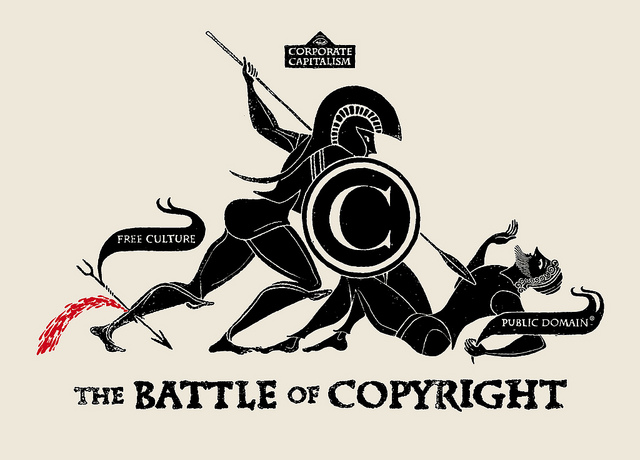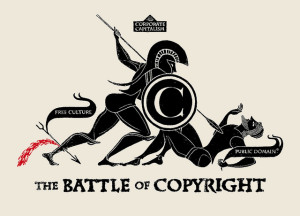The Intellectual Property of Renewable Energy

The ascent of Renewable Energy Technology innovation must be accelerated in order for any environmental policy pledges made in the last decade to be realistic. The International Renewable Energy Agency (IRENA) roadmap shows that current policies and national plans will result in average C02 emissions only falling to 989g/kWh by 2030. That is insufficient to keep atmospheric C02 levels below 450 ppm, beyond which severe climate change is expected to occur. Furthermore, an evaluation of renewable energy technology readiness, measured on scalability and cost competitiveness, indicates that we are not nearly physically equipped to displace fossil fuels as the main sources of the world’s base load energy requirements (and thus reduce global emissions substantially) by mid century.[1] One of the challenges regarding the advancement of renewable energy technologies is the use of cooperation to advance global interests. Innovation activities take place across multiple agencies and ministries, laboratories, and industry firms. Ultimately, in an increasingly complex and fast-paced international energy innovation environment,

coordinated and target-oriented cooperative efforts would help achieve the highest outcome from limited resources available. The development of a coherent international structure for accelerated development and deployment of technology for a renewables-based energy system requires careful analysis of the role that Intellectual Property Rights (IPRs) play in innovation. Intellectual Property Rights are both an incentive and obstacle to the advancement of renewable energy technologies.
Unfortunately, research in the renewable energy sector involves an enormous cost for a great deal of uncertainty. An investment in renewable energy research does not guarantee adequate return. Moreover, a form of insurance for research investors, both public and private, comes with the security of patents at each stage of the research. A patent is desirable in order to ensure that your investment results in gains that could effectively balance the cost or even create a profit. Without this, many investors would not have incentives to undertake the expensive research, knowing that a) it may not even work, and b) if it does, others will be able to ‘free ride’ off of your innovation, manufacture your design, and effectively profit without need to consider how much that innovation expended in terms of the original investment. Thus, a patent creates a ‘fee’ for other researchers who wish to expand on the innovation, functioning as both an incentive and an effective safeguard to the uncertainty faced in the original investment.

Hence arises Prisoner’s Dilemma scenario where all would be better off committing to the common resource pool: shared innovation. Unfortunately, an effect of the massive uncertainties facing climate change and the outcome of research, is that the payoffs, particularly in the case of cooperation, are unknown. An individual is likely to defend their rational self-interest through the creation of an excludable patent, despite the fact that collective cooperation woudl yield a situation where everyone would be better off. Here the ‘commons’ would be renewable energy technology innovations and the public good would be a decrease in C02 emissions, less drastic effects of anthropogenic climate change, and an increased probability of avoiding global climate catastrophe.
Many of the IPR barriers facing clean energy are inherently contradictory. Small firms often describe the strength of current patent laws as a deterrent to innovation, whereas large multinational firms call for strengthened domestic and international IPR protection. Industry leaders view some universities as lacking the proper entrepreneurial ethic needed to promote innovative technologies, whereas universities often view the commercialization of academic research as a threat to their core educational mission.The inherent tension between IPR and innovation reveals a deep complex set of problems that require concerted action to address.
First, there is accumulating evidence that firms engage in intentional suppression or non-use of patents or the use of patents as a tool to further anti-competitive behavior. Sovacool’s research in Placing a Glove on the Invisible Hand, on Submarine Patents (the act of filing an incomplete claim with continual applications to keep the patent submerged), Patent Suppression (a firm’s unilateral decision not to use or license its own IP), and Blocking/Cross Licensing (the legal practice of preventing other firms from entering the market) indicates that renewable energy technologies have and will continue to be jeopardized by IPR legal structures.[2] Patent blocking can create an “anti commons”, a reverse from the traditional Tragedy of the Commons, where resources are prone to infrequent use as owners exclude others from accessing certain inventions.[3]
According to Heller and Eisenberg, Patents and IPR protection have become increasingly counterproductive as patent usage patterns indicate the rise of innovation monopolies.[4] Ironically, the cost that society must pay to motivate invention is slower paced downstream innovation due to the additional costs of product development. Moreover, profiteering off patents has resulted in a winner take all scenario, where key technology and research based industries are increasingly oligarch in nature.[5] The global wind energy industry illustrates this consolidation, where in 2004, four manufactures – General Electric, Vestas, Enercon, and Gamesa —were responsible for three-quarters of global wind turbine sales.[6]
In the absence of available platform to secure rights on intellectual property, many of these firms may never have invested at all. There is evidence that a huge strain to international collaboration on renewable energy technologies is due to companies aversion to the risk of weak IPR protection.[7] Companies are reluctant to share innovation within a market that they believe competitors could freely copy. Weak IPR protection has prevented U.S. companies from developing more advanced clean coal technologies, such as more efficient coal washing processes, advanced combustion turbines, and carbon capture and storage systems.[8] IPR concerns regarding clean coal systems are cited as one of the most significant impediments towards diffusing such technologies to China, Indonesia and other regions in the developing world where these technologies could be reverse engineered or copied.[9] Even at the domestic level, studies on carbon sequestration concluded that “institutes and universities involved are too worried about losing their technical advantages or IPR to cooperate effectively with each other”.[10]
Technological innovation, and therefore technology itself, can be understood as the interaction between individuals. Because fighting climate change is the largest technological project in history, we must have platforms to ensure human connectivity and interaction in order to promote thinking in terms of technology cooperation instead of technology transfer. If the stringency on IPR continues, and if it is true that patents have both intentional and unintentional defensive functions that block collaboration, diffusion, and innovation, then they may inadvertently impede efficient deployment of clean energy technologies. Strong intellectual property rights are detrimental to innovation because many companies no longer patent with the primary goal of technological breakthrough but instead with individual preferences to monopolize the market. This may hinder the advancement of enabling technologies and slow deployment of scalable energy technologies, leaving the entire earth worse off. Ultimately, from an individual and firm perspective, the evidence displays that cooperation is undesirable. Thus, an international body on renewable energy technology that represents the interest of advancing the technological project as a whole may become necessary. Further research into the inherent tension between Intellectual Property Rights and innovation is crucial in order to develop a comprehensive, forward-looking framework on climate change policy in the 21st century. Ultimately, we all have the right to viable life on earth.
[1] Green Et Al. “Challenges to a Climate Stabilizing Energy Future.” Energy Policy 35, (2007): 621.
[2] Sovacool, Ben. “Placing A Glove on the Invisible Hand: How Intellectual Property Rights May Impede Innovation In Energy Research and Development (R&D).” Albany Law Journal of Science and Technology 18, (2009): 420-21.
[3] Heller, and Eisenberg. “Can Patents Deter Innovation? The Anti-Commons in Bio-Medical Research.” Science Vol. 280 Issue 5364, (1998): 698.
[4] Ibid, 699-70.
[5] Sovacool, “Placing A Glove on the Invisible Hand,” 420-21.
[6] Sovacool, “Placing A Glove on the Invisible Hand,” 422.
[7] Brown Et Al. “Patents in Energy and Climate Change Mitigation Technologies.” Oak Ridge National Laboratory (2008): 69-71.
[8] Ibid.
[9] Ibid.
[10] Brown, “Patents in Energy and Climate Change Mitigation Technologies,” 75.
